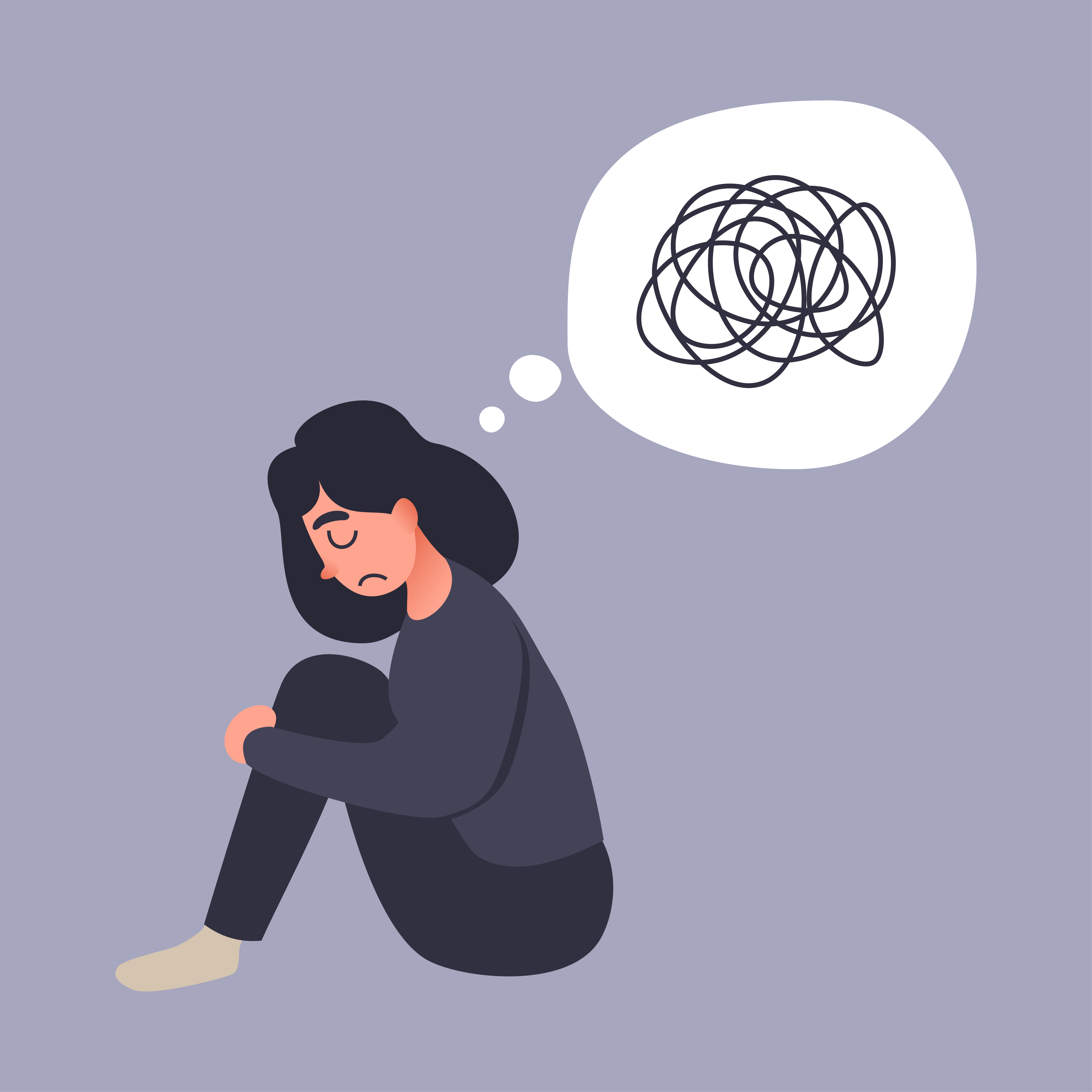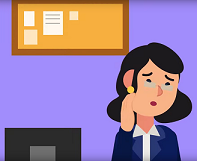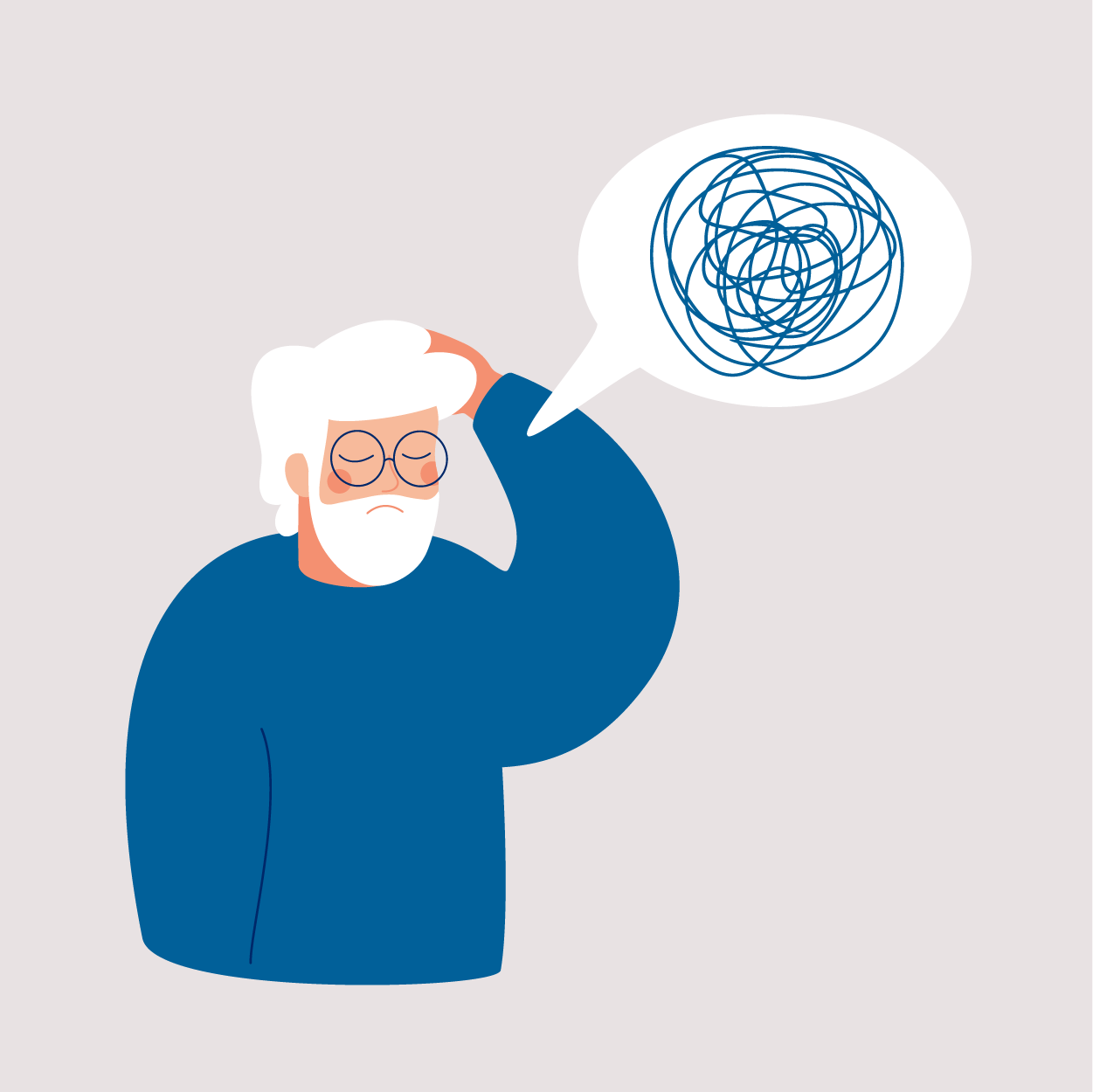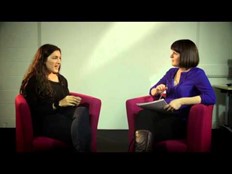How Anxiety Influences Behavior
When someone is anxious, they:
- Have difficulty paying attention.
- May worry a lot.
- Want to leave (escape) the situation.
- Don’t want to go back to places where they have experienced anxiety.
When someone is anxious, they are often distractable. Anxiety interferes with learning new information or skills. Anxiety also interferes with performance, especially when doing a new or difficult task. Anxiety increases escape and avoidance behavior. That is, when you are anxious and uncomfortable, it is natural to want to leave the situation to reduce your discomfort. When you have been in a very uncomfortable situation, there is a tendency to want to avoid that situation again in the future.
Return to Top

Examples
Sam was so anxious about the exam that he didn’t hear the teacher’s instructions.
Sarah was told that the German Shepherd at the gas station was friendly. The dog was big, though, and looked threatening. Sarah could not wait to get away. Sarah went to a different gas station the next time she needed gas so she didn’t have to confront the dog.
Types of Anxiety Disorders
Anxiety and fears are common and most often temporary. However, when anxiety persists and begins to interfere with a person’s daily life it is called a disorder. In all anxiety disorders the fear causes significant distress or impairment in social, occupational, or other areas of functioning. The following sections will define different types of anxiety disorders. Please note that even though the emotional component of each of these disorders is basically the same, the source of anxiety and its influence on behavior is slightly different.
Generalized Anxiety Disorder (GAD)
The daily (or almost daily) experience of excessive anxiety and worry about a number of concerns is known as generalized anxiety disorder. The worries occur for at least 6 months and the individual finds it difficult to control the worry. Several symptoms often accompany the worries. These include restlessness, feeling “keyed up,” being easily fatigued, having difficulty concentrating, irritability, muscle tension, and sleep disturbance
Take this anonymous questionnaire to see if your symptoms match with those of Generalized Anxiety Disorder. The score you get might indicate whether getting help would be useful. Click this link to take the Anxiety Questionnaire.
Video: What is Anxiety Disorder?
l
Specific Phobia
A significant fear of a specific object or situation (e.g., flying, heights, storms, water, animals, receiving an injection, seeing blood). Exposure to the feared object almost always provokes immediate anxiety. The amount of fear is out of proportion to the actual danger involved.
Fear or anxiety is persistent (i.e., lasts 6 months or more). The last two sentences are important. You’ll note that many of the fears listed above are natural and common. It is only when such fears begin to interfere with one’s life that they become a disorder.
Social Anxiety Disorder
Social anxiety disorder involves excessive anxiety about one or more social situations (e.g., having a conversation, meeting new people, being observed by others when eating or drinking, giving a speech). The concern is almost always about being negatively evaluated, of being humiliated or embarrassed, or of being rejected. Social situations almost always provoke fear or anxiety and are often avoided or endured with intense fear or anxiety.
Panic Disorder
When someone experiences a sudden, intense, and overwhelming sense of anxiety, it is called a panic attack. Panic attacks come on quickly and often involve difficulty breathing, feelings of choking or smothering, dizziness, nausea, racing heart, chest pains, sweating, chills or heat sensations, fears of losing control or going crazy, and thoughts about death or that something serious is going wrong. Sometimes people feel like they are in a dream, that the experience is surreal, or that they are no longer themselves.
Panic attacks become Panic Disorder when they are experienced recurrently, happen unexpectedly, are accompanied by persistent concerns about the attacks, and frequent worries about having another attack.
Video: Case Example of Panic: Initial Interview

Agoraphobia
Agoraphobia involves a strong fear of being in certain situations, such as using public transportation, being in open spaces (e.g., parking lots, marketplaces), being in enclosed places (e.g., stores, theaters), standing in line or being in a crowd, or being outside of the home. These places are avoided because the individual fears that they might have a panic attack, lose control, or experience embarrassing symptoms (e.g., falling, getting sick to one’s stomach, losing control of one’s bladder).
Very often agoraphobia restricts the range of activities the person engages in. They always experience fear in these situations and avoid them or only go if a trusted companion accompanies them.
Video: Dr. Ali Mattu Explains the Basics of Agoraphobia

Treatment
Despite the fact that anxiety is common to all of these disorders, the treatment approach for each disorder may vary with the individual and the nature of the disorder. Most treatments for anxiety disorder involve one or more of the following components: education about the nature of anxiety and ways to respond to stressful situations, exposure to the feared object, some form of relaxation or meditation, helping the individual develop thoughts and beliefs about the feared situation that are more helpful, and perhaps some medication. Below are some examples of treatments that have been shown to be effective for most individuals.
Generalized Anxiety Disorder (GAD)
Cognitive Behavioral Therapies (CBT) are among the most helpful treatments for GAD. They focus on the relationship between one’s thoughts, feelings, and behavior. Worries can make one feel more anxious and feeling anxious can trigger worries. CBT helps an individual identify the themes to their worries and the behaviors generated by worry (e.g., avoidance, procrastination, seeking reassurance). In addition to examining whether the worries are realistic, treatment may focus on reevaluating the usefulness of worry, as well as relaxation or mindfulness training.
Video: Short Description of Treatments for GAD, Including Psychological Treatments and Medication.

Specific Phobia
Behavior Therapy. This form of treatment directly exposes the individual to the feared object. It helps the individual to learn that they can cope with their fears.
Video: Case Example of Treating Snake Phobia

The following videos from a BBC special illustrates the basis of anxiety disorders through specific phobias and provides a good explanation of some treatment approaches.
Social Anxiety Disorder
Treatment for social anxiety often involves the development and practice of social skills (i.e., how to start and maintain a conversation, learning about assertiveness). Testing these skills out in real situations can be very helpful. Oftentimes, social anxiety also involves beliefs about oneself that sometimes are exaggerated by a focused attention on internal signs of nervousness and negative assumptions about what others may be thinking. Cognitive therapy helps the individual to see themselves more realistically and to modify thoughts that are unnecessarily anxiety provoking.
Panic Disorder
This video by Dr. Greenwood provides a good explanation of the basis of panic disorder and how cognitive therapy can be used to treat panic disorder. The primary focus of treatment is often based on the primary symptom (internal sensation) that the individual experiences (e.g., heart racing, difficulty breathing) and the thoughts about that sensation (e.g., “I am having a heart attack” or “I am suffocating”). Education about the sympathetic nervous system, exposure to these sensations, along with changing one’s beliefs about their danger is the key to a successful outcome.
Video: How Cognitive Therapy can be Used to Treat Panic Disorder

Agoraphobia
Panic attacks and agoraphobia sometimes occur together. Exposure to feared situations allows the individual to learn that those situations aren’t often as dangerous as they sometimes seem and that coping with anxiety is possible.
Video: Example of Exposure Treatment for Panic Disorder with Agoraphobia

Medication
Several medications and types of medication may be prescribed for anxiety-related issues. The most common medications used are those that have traditionally been prescribed for depression. These include SSRIs (selective serotonin reuptake inhibitors; examples include Lexapro, Paxil, and Zoloft) and SNRIs (serotonin and norepinephrine reuptake inhibitors; examples include Cymbalta and Effexor). These medications are helpful in treating anxiety because they have anti-anxiety properties and may decrease the intensity and frequency of apprehension and worry.
Benzodiazepines (e.g., Valium, Xanax) are also sometimes prescribed. These medications may help someone to get through a stressful situation in the immediate short-term. However, they are used sparingly and are generally not considered a long-term solution for managing anxiety because they are quite addictive.
For additional information about treatment options including medication see the National Instiute of Mental Health’s Mental Health Information page on Anxiety Disorders.

Self Help Resources
Most people will do better if they see a mental health professional, but for those without easy access to a health care professional and who are not experiencing suicidal thoughts, you might consider some self-help resources.
Please note that self-help books and programs are not equally effective. Each of these resources were chosen because they were either developed based on an effective research program or they have been demonstrated to be helpful on their own. The books are available from popular online book sellers.
Books
- The Anti-Anxiety Workbook: Proven Strategies to Overcome Worry, Phobias, Panic, and Obsessions (The Guilford Self-Help Workbook Series) 1st Edition, 2015, by Martin M. Antony (Author), Peter J. Norton (Author), The Guilford Press.
- The worry cure: Seven steps to stop worry from stopping you, by Robert L. Leahy, 2005, Harmony. See a YouTube Audio presentation to learn more about this approach: Dr. Robert L. Leahy, “Seven Steps to Overcoming Your Worry.”
- Mindfulness and Acceptance Workbook for Social Anxiety and Shyness (A New Harbinger Self-Help Workbook) Paperback – Illustrated, May 1, 2013, by Jan E. Fleming (Author), Nancy L. Kocovski (Author), Zindel V. Segal (Foreword), New Harbinger.
- Shyness and Social Anxiety Workbook: Proven, Step-by-Step Techniques for Overcoming your Fear Paperback – July 2, 2008, by Martin M. Antony PhD (Author), Richard P. Swinson MD (Author), New Harbinger.
Centre for Clinical Interventions:
Self-help Resources for Looking After Yourself
The Centre for Clinical Interventions (CCI) has produced resources for consumers to assist in providing interventions for anxiety. The resources provided on this website aim to provide general information about anxiety, as well as techniques that focus on a cognitive behavioral approach to managing difficulties.
Freely access workbooks, information sheets, and worksheets to assist with managing anxiety.
- The Social Anxiety Course
- Worry and Rumination Course (Intended for Generalized Anxiety Disorder or Depression)

Where to get Help
The Substance Abuse and Mental Health Services Administration (SAMHSA) has created a webpage where you can enter your home address or zip code and find treatment providers in your area.
Access the SAMHSA Treatment Locator
For individuals living in North Dakota and northwest Minnesota, FirstLink is a service that offers free and confidential help for behavioral health concerns.
Visit FirstLink
The Association for Behavioral and Cognitive Therapies offers free information on how to find help, and how to choose the right therapist or treatment provider.
Learn more about how to choose the right therapist or treatment provider
Other Web Resources
There are several professional societies and government groups that have informational resources for the public. The following links were included because they provide current, empirically supported, and reliable information about anxiety and its treatment.

The Association for Behavioral and Cognitive Therapies
Here you will find a fact sheet about Anxiety Disorders.

The American Psychiatric Association
Here is another fact sheet about anxiety disorders and its treatment.

Anxiety & Depression Association of America
This link includes a description of Generalized Anxiety Disorder.

The National Institute of Mental Health
This link includes signs and symptoms, risk factors, and a description of different types of treatments available for anxiety disorders.

How Psychologists Help with Anxiety
When you see a psychologist for anxiety, they may approach the problem in different ways. This link provides a description of what to expect when seeing a psychologist.
Modules describing signs and symptoms of behavioral health conditions are not diagnostic. If you have questions or concerns about your mental well-being, contact My Sanford Nurse at 701.234.5000, 1.800.821.5167, or click here to find a Sanford Health care professional. If you are having thoughts of self-harm, call the suicide prevention LIFELINE anytime at 1-800-273-TALK (8255). If this is an emergency, please call 911.
Get immediate help
If you are having extreme distress or feel like you want to harm yourself or someone else, please seek help now by calling 911 or contacting FirstLink. FirstLink is a free confidential service available to anyone at any time of day or day of the year for listening and emotional support or referrals to resources for assistance, and crisis intervention.
For simple support, you can dial 211 or text your zip code to 898-211 from anywhere in North Dakota or northwest Minnesota.
If you need immediate, urgent assistance please contact either of these services listed below:
National Suicide Prevention Lifeline
| Contact | Infomation |
|---|---|
| 1-800-273-TALK(8255 | Toll-Free Phone (English) |
| 1-888-628-9454 | Toll-Free Phone (Español) |
| Website | (English) |
| Website | (Español) |
| Chat | with Lifeline |




